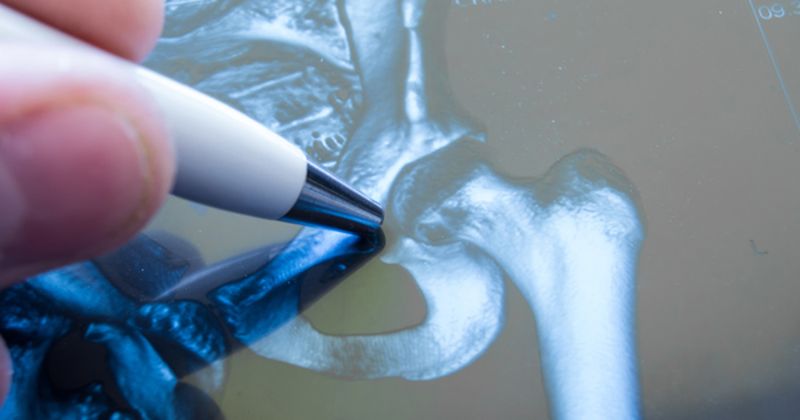No interaction observed between bone, muscle variables for fracture risk for older men
Key takeaways:
- Bone mineral density and muscle mass do not interact to increase risk for fractures in older men.
- Men in the lowest quartile for BMD, muscle mass have higher risk for all fractures.
Muscle mass as measured through high-resolution peripheral quantitative CT may not interact with bone measures to affect the risk for fractures among older men, though more studies are needed, according to study data.

“In this prospective study of older men, there were no consistent interactions between bone and muscle on fracture risk when using advancing medical imaging,” Ben Kirk, PhD, a research fellow at the Australian Institute for Musculoskeletal Science at the University of Melbourne and Western Health in Australia, told Healio. “A larger sample size and longer follow-up may have been needed to clarify if there is a multiplicative or additive effect of bone and muscle on fracture risk.”

Kirk and colleagues conducted a secondary analysis of data from the Osteoporotic Fractures in Men study. Data from 1,353 men aged at least 65 years who participated in a follow-up from 2014 to 2016 were included (mean age, 84.2 years; 92.7% white). High-resolution peripheral quantitative CT was conducted at follow-up to measure bone mineral density, bone area, D3-creatine dilution muscle mass and muscle strength. Incident fractures were self-reported every 4 months through questionnaires or telephone interviews from after follow-up to February 2023.
The findings were published in The Journal of Bone and Mineral Research.
During a mean 6.03 years of follow-up, 15.5% of men reported a nonvertebral fracture and 2.6% reported sustaining a clinical vertebral fracture. Men who were in the lowest quartile for distal tibia total volumetric BMD and D3-creatine dilution muscle mass were more likely to report a fracture than those in the higher three quartiles.
In unadjusted models, there were no interactions observed between muscle variables and total volumetric BMD at the distal radius or tibia for fractures. There were also no interactions between muscle variables and trabecular BMD at the distal radius or tibia. No interactions were observed between muscle parameters and cortical BMD for fracture in models with a large number of events. No interactions were found between muscle parameters and cortical area at the distal radius or tibia.
“It was somewhat surprising [to see no interactions] considering the established mechanical effects on muscle on bone,” Kirk said. “However, epidemiological studies are always limited by sample size and number of events to adequately test the hypothesis.”
Men who were in the lowest quartiles for both D3-creatine dilution muscle mass and distal tibia total volumetric BMD had an increased risk for all fractures (HR = 2; 95% CI, 1.24-3.23; P = .005) and nonvertebral fractures (HR = 2.1; 95% CI, 1.25-3.52; P < .001) compared with men in the higher quartiles for both measures.
“Further research is needed to clarify if the combined assessment of bone and muscle variables offers additional risk for incident fractures in older adults,” Kirk said. “Elucidating this information is important so appropriate rehabilitation programs for fractures can be initiated in clinical practice to maintain the quality of life of older adults and reduce health care costs.”
For more information:
Ben Kirk, PhD, can be reached at ben.kirk@unimelb.edu.au.
